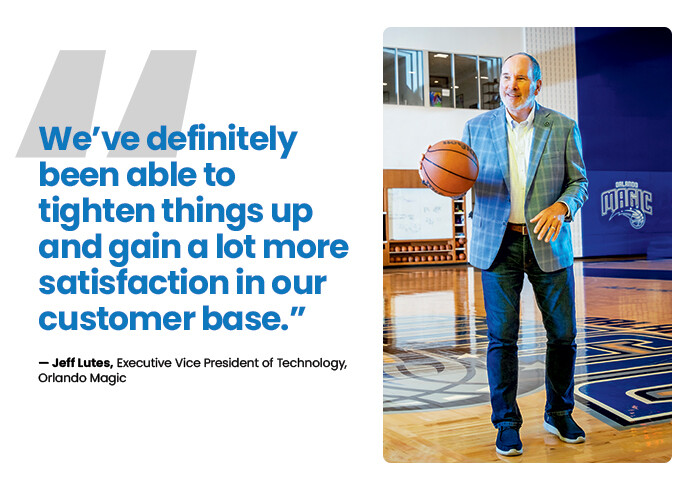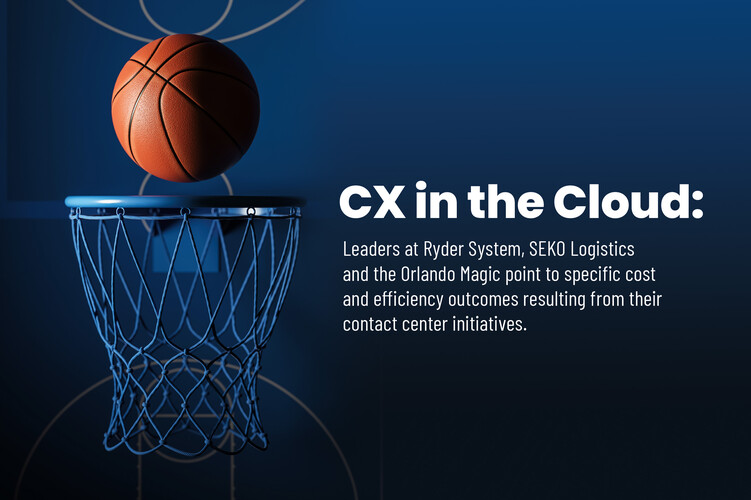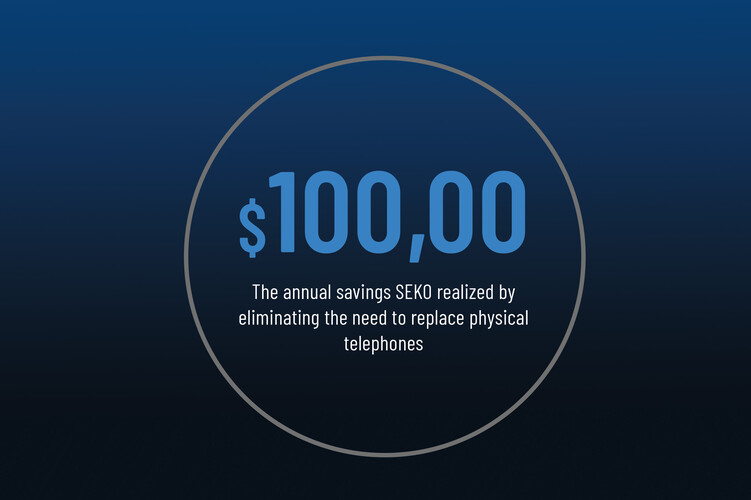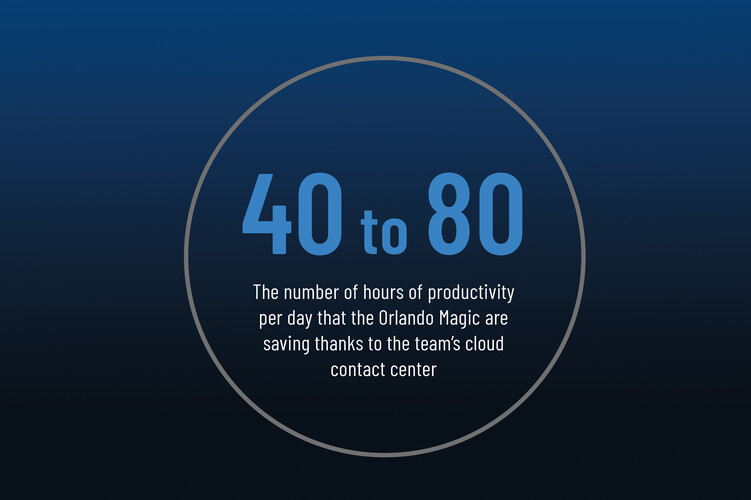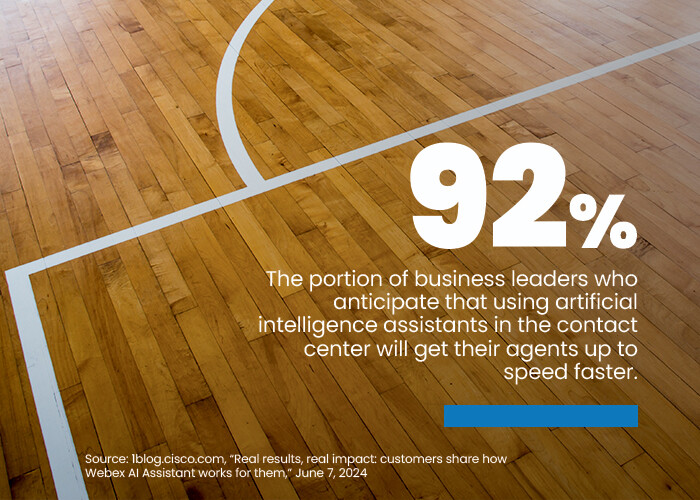The technology’s limitations spurred the organization to invest in a solution from RingCentral that integrates well with existing applications, allows agents to remotely log in to call queues and ultimately helps the team better serve its fans.
In the past, call centers in the business world were often characterized by high turnover, low success and a generally grim work environment. But technologies from vendors such as Microsoft, Cisco, Five9 and others are giving companies the tools they need to assess contact center operations, leverage automation, and improve management and training.
Tech solutions can help companies to manage costs in the contact center without sacrificing the customer experience, says Max Ball, a principal analyst at Forrester: “Omnichannel capabilities that can meet customers on their preferred channels instead of forcing everyone to call in are key.”
RELATED: How one company created an app to improve their customer service.
How to Track the Customer Journey
Jeff Katzin, a partner at Bain, says that half or more contact center inquiries are made by customers seeking basic information, something that can now largely be handled through automation. But when tech solutions are clunky, he says, customers will quickly sour. “When you force a customer to switch channels — if they’re trying to do something digitally and it doesn’t work, so they have to call in — we see net promoter scores drop in half, because you’re asking customers to do more work to resolve their issue.”
Since moving to RingCentral, the Magic have seen improvements in average queue time, time to pick up calls and time to resolve calls, metrics that the team previously had difficulty even tracking.
“We all know that no customer wants to sit in a queue listening to music or messages over and over,” Lutes says. “We’ve definitely been able to tighten things up and gain a lot more satisfaction in our customer base.”
Customer service representatives often travel from the team’s offices to its arena on game days to meet with season ticket holders. Prior to the switch, these employees could forward their work phone lines to their personal cellphones, but they had no way of differentiating work calls from personal ones.







